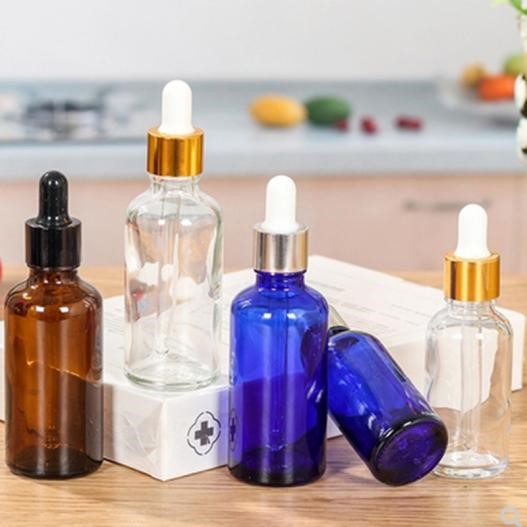-
llámanos
-
Envíanos un correo electrónico
We have many colors to choose from when we want to find glass bottles for our essential oils. While choosing the most visually appealing color can be tempting, we still need to know how light can affect our essential oils. So the question is, as a essential oil vendor, how do you choose the colored glass for your product that is the best to suit your customer’s needs?

The most common choices of essential oil bottles are amber, flint, blue and green. Each color has its own benefits or downsides in terms of light protection, shelf life, and marketing.
How Light Affect Essential Oils
Ultraviolet radiation (UV rays) , contained in sunlight, is very harmful not only for people’s skin but also has effects on essential oils. It can change the chemicals in essential oils, and as a result, essential oils become less effective.
The advantage of Amber Glass Bottle
Amber glass bottles offer a protection against UV light radiation, which is why many companies choose amber glass for their pharmaceutical or beverage products.
The Disadvantage of Blue and Green Glass Bottle
While Blue and Green Glass Bottle are able to protect your essential oils from visible light, they do not offer a protection against UV rays. Nevertheless, some people still use blue or green glass because they are more visually appealing. But you should know blue and green bottles are usually more expensive than glass in amber or flint.
Sould you choose flint glass for essential oils
You rarely see any essential oil that is using a clear glass as container, because it does not offer any protection for the content. Essential oils in flint glass easily tend to break down and be less effective.
Other Ways to Reduce Harm to Essential Oils
By using an untransparent and wrap-around label can also block both invisible and visible light.
Frosted glass bottle is also an option because it can in a way reduce effects of UV rays by refraction.
Escanear a wechat :
